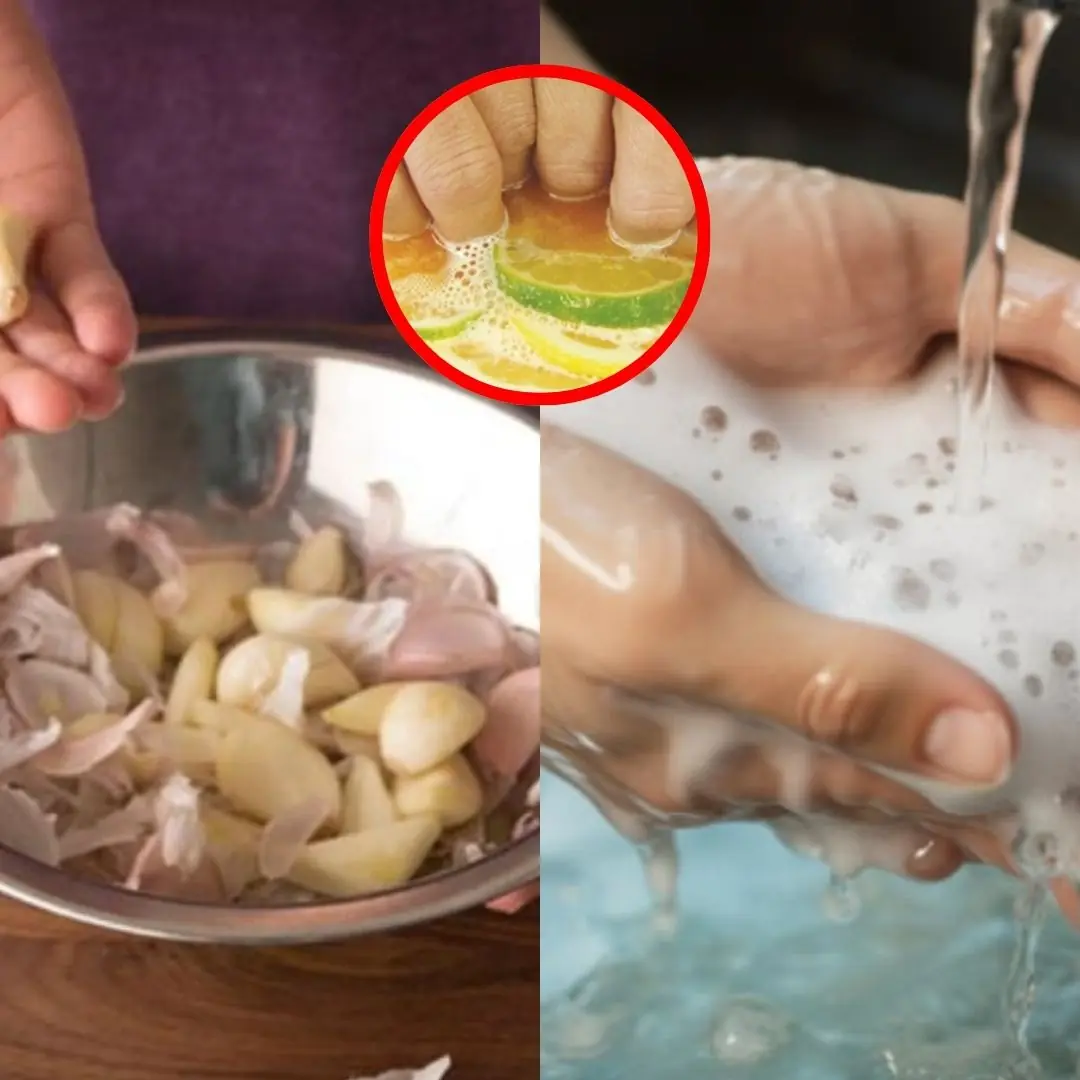
Stop Storing Rice in These 5 “Self-Poi.soning” Ways
One Careless Mistake Could Lead to Cancer: Stop Storing Rice in These 5 “Self-Poisoning” Ways
Rice is a staple food in some Asia meal. While many people focus on choosing the right type of rice, they often overlook the importance of proper storage. Incorrect storage methods can lead to rice spoilage, affecting both its quality and health safety—potentially increasing the risk of cancer. Below are five common rice storage mistakes you should avoid or stop doing immediately:
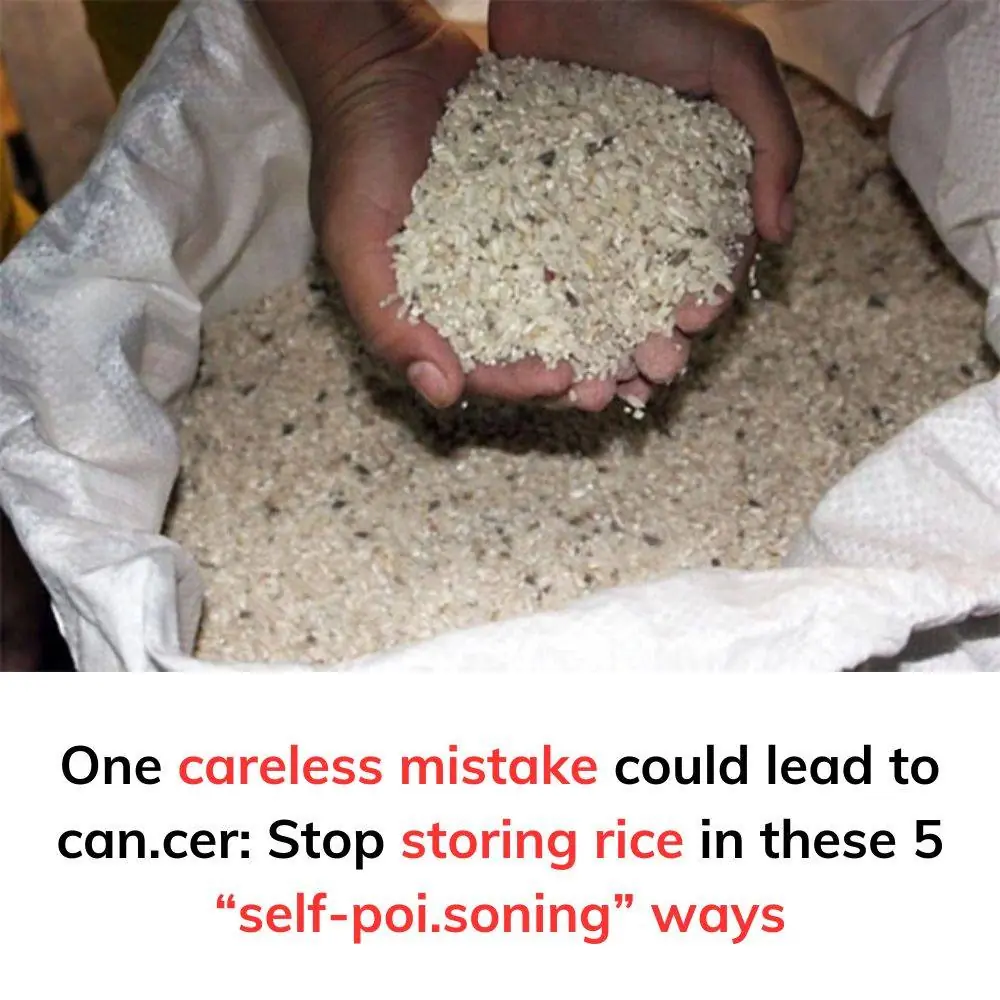
1. Storing Rice in Its Original Packaging
Many people store rice in the original packaging it came in for convenience, but this is a big mistake. Not all rice packaging is airtight or suitable for kitchen environments, unlike specialized storage facilities. This is especially risky when buying rice repackaged from large bags, as the packaging may not effectively protect against bacteria, moisture, insects, sunlight, or temperature changes. These factors can degrade the flavor and nutrients in rice and even lead to health problems.
2. Not Sealing the Packaging or Container Properly
Failing to tightly seal the packaging or container is a serious mistake when storing rice. If not properly sealed, moisture and insects can infiltrate, causing spoilage and bacterial contamination. Bacillus cereus, a bacterium that thrives in damp environments, can develop and lead to food poisoning. Consuming contaminated rice may result in symptoms such as stomach pain, diarrhea, and vomiting. Additionally, improperly stored rice loses nutritional value, resulting in less flavorful and less nutritious meals.
3. Storing Rice in Humid or High-Temperature Areas
Placing rice in humid or high-temperature areas, such as under the sink, near electronic appliances, ovens, stoves, or windows, is another common mistake. Humidity promotes the growth of dangerous mold and bacteria, including aflatoxin, which is known to cause cancer. Prolonged exposure to sunlight or high heat can also degrade the nutrients in rice, particularly B vitamins and essential minerals, and may even alter its composition.
4. Mixing Old Rice with New Rice
Many people mix old rice with new rice to save money, assuming it will make the rice taste better. However, this is a significant mistake. Old rice, if improperly stored, is more likely to harbor bacteria and insects. Mixing it with new rice can lead to faster spoilage and cross-contamination. Cooking rice from spoiled grains may result in food poisoning, causing symptoms like stomach pain, vomiting, and diarrhea. Additionally, improper storage reduces the nutritional value of rice, making meals less wholesome.
5. Keeping Rice for Too Long
If rice isn’t used within a reasonable time after purchase, its quality starts to decline. Typically, rice should be consumed within 6 months to 1 year, depending on storage conditions. Storing rice for too long increases the risk of spoilage, loss of nutritional value, and digestive issues if consumed. Over time, rice can become contaminated with bacteria and mold, raising the risk of foodborne illnesses.
By avoiding these mistakes, you can ensure your rice remains fresh, nutritious, and safe for consumption.
News in the same category

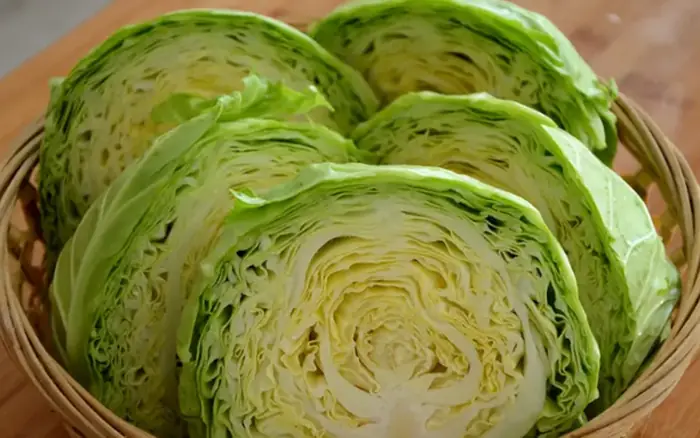
Tightly Wrapped or Loose Cabbage – Which Tastes Better?

Waking Up Between 3 And 5 AM Could Indicate a Spiritual Awakening
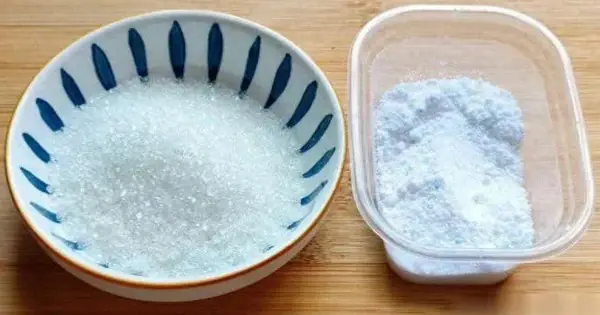
Mix White Sugar with Laundry Detergent Around the House
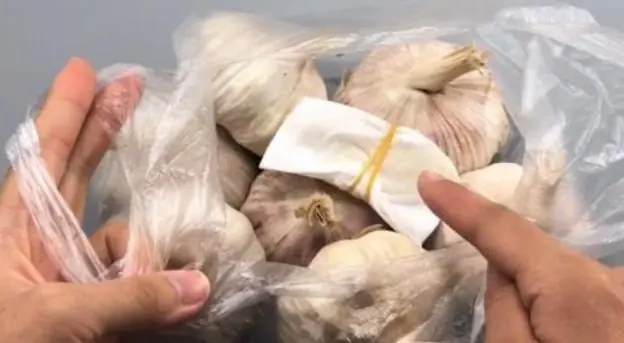
Today I discovered 3 super easy garlic storage hacks

Tips for using air conditioning without worry
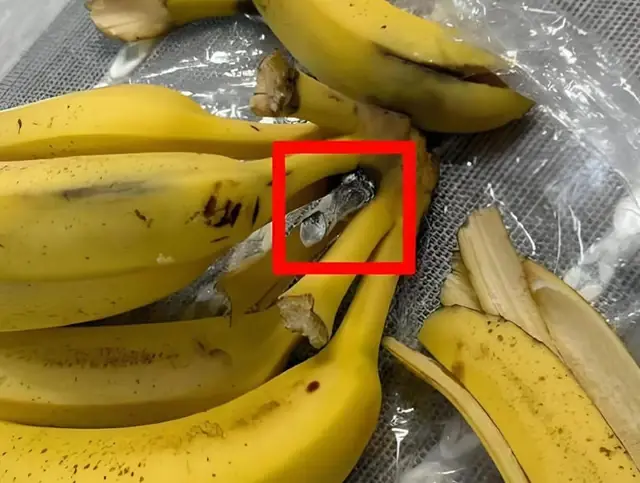
When buying bananas, if you see these 4 types, walk away immediately without hesitation!

This One Superfood Could Tackle Major Health Issues—Here’s What You Need To Know

Why do women cross their legs when sitting?
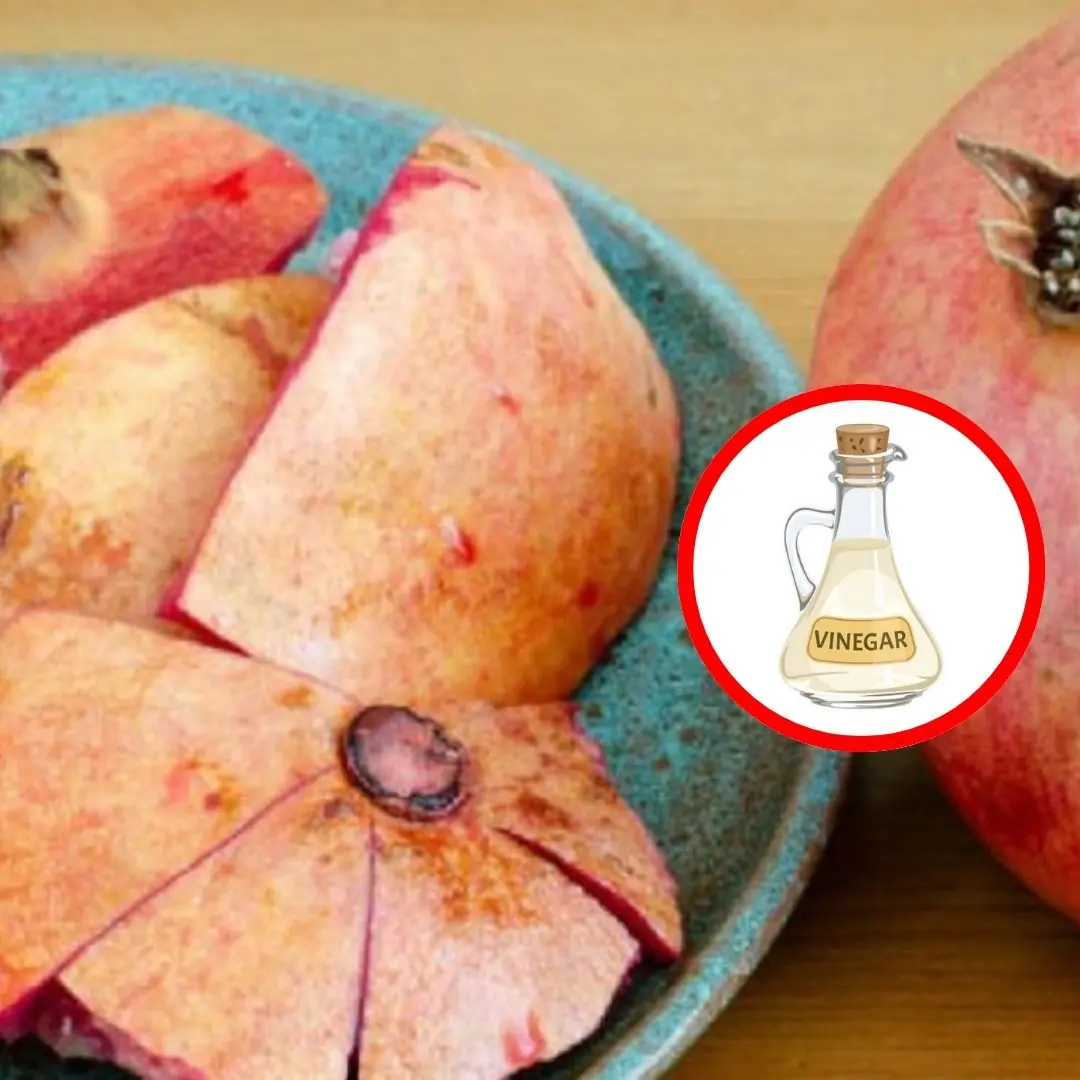
Soak Pomegranate Peel in White Vinegar – A Simple Trick That Solves Countless Household Problems
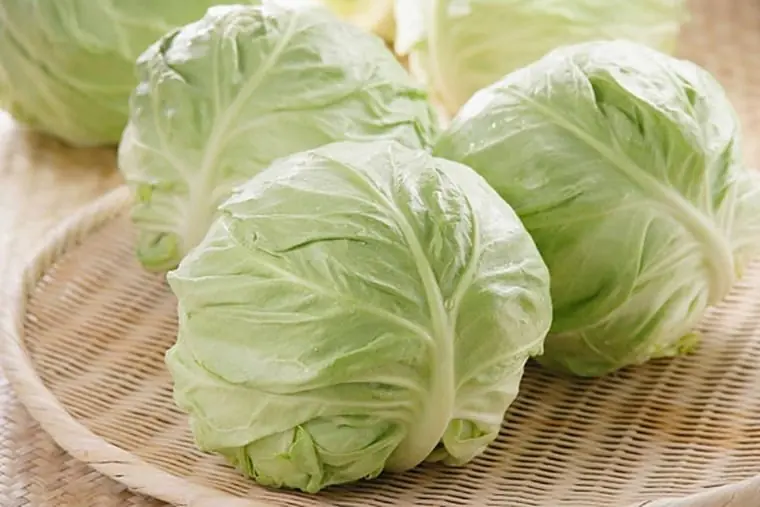
Cabbage Is Nutritious but Harmful for These 5 Groups of People
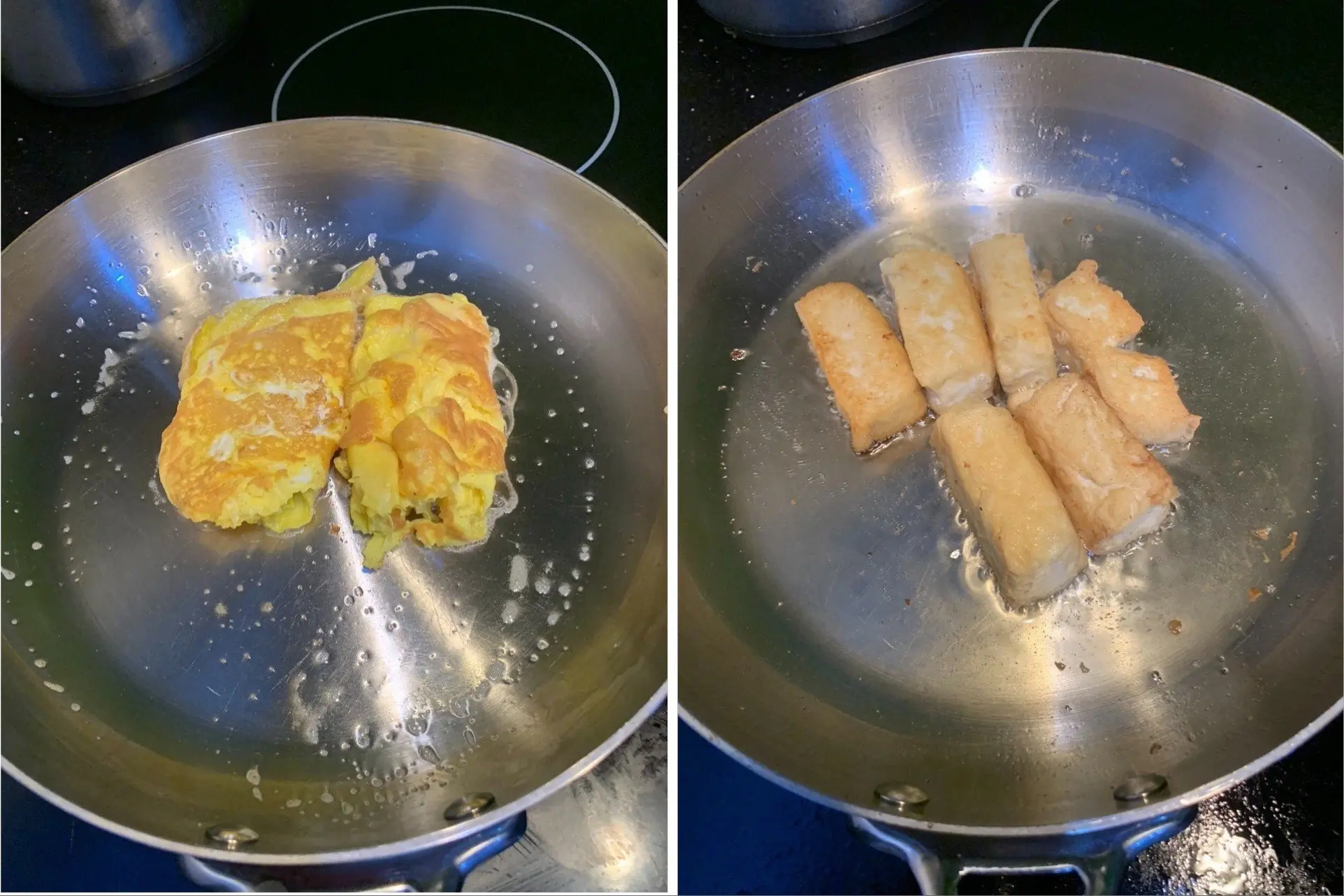
Frying Anything Without Sticking: Just Add This Liquid to the Pan
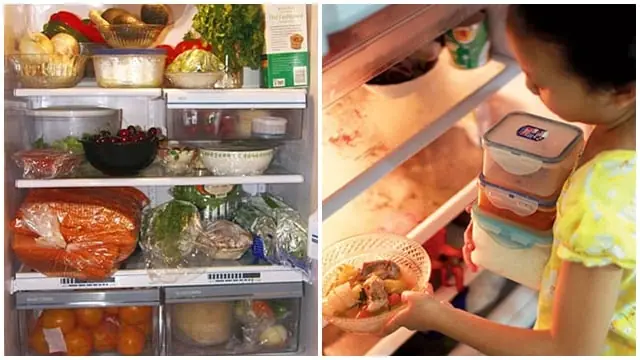
Eliminate Refrigerator Odors with Just Two Common, Cheap Items
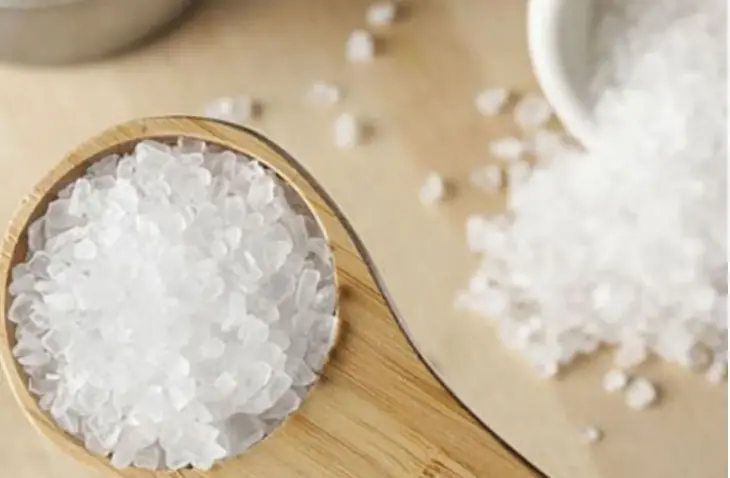
This One Superfood Could Tackle Major Health Issues—Here’s What You Need To Know

Male contraceptive pill appears to be safe without side effects in early trials

The Volume Buttons on Your iPhone Have Countless Hidden Features

4 Things You Should Never Say At A Funeral — No Matter What

Mass Panic as ‘New Baba Vanga’ Predicts Majo Disasters Striking in Just One Month
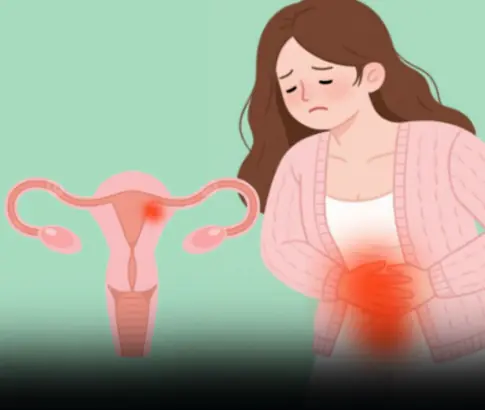
8 Early Warning Signs Of Ovarian Cancer You Shouldn’t Ignore

5 foods you should never keep overnight
News Post

4 Vegetables Easily “Treated” with Chemicals
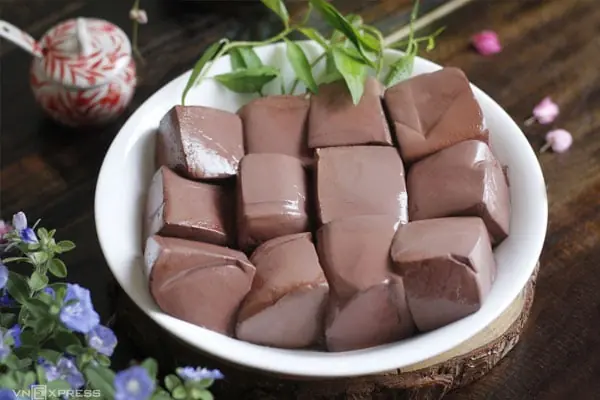
The Part of the Pig Often Dismissed as “Dirty” and Thrown Away: Turns Out It’s a “Miracle Food” with 10 Times More Iron Than Meat

An 8-Year-Old Girl Complained of “Sto.mach Pain” Every Friday Afternoon

Eating Eggs Can Be Harmful for These 5 Groups of People: Better Stay Away!

Early detection colon polyps: The key to effective can.cer prevention

Think it’s harmless? The risks of wearing bras to sleep might surprise you

What dise:ase is gr.oin pa.in a symptom of?

These 10 symptoms indicate latent diabetes

What sleeping on the left side does for our brain, stomach and lymphatic health
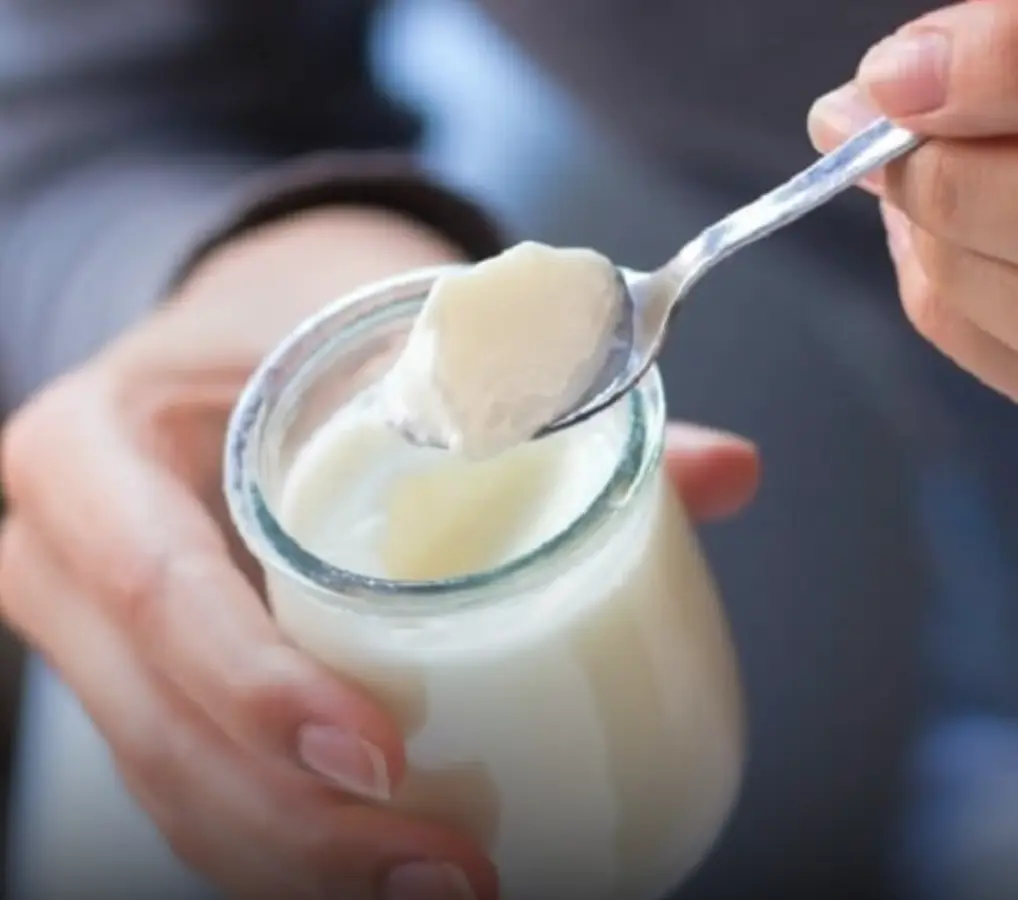
Eating yogurt with these 5 mistakes can bring more dis.eases into your body

8 foot massage points that help relieve issues

7 subtle symptoms that could signal serious health problems

Struggling with garlic or onion smell on your hands? Try this simple trick—1 minute and it’s gone!

Tightly Wrapped or Loose Cabbage – Which Tastes Better?

The 5 ‘silent’ can:cer signs you might miss on your nails

Warning about the habit of "welcoming" can:cer into the body, many people know but still do it

4 Types of Plants That Snakes Are Crazy About
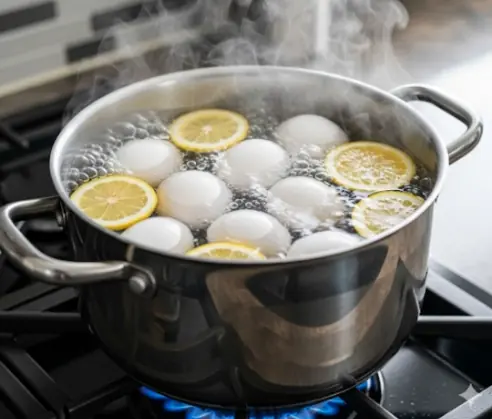
Boiling Eggs with Just Water is Not Enough

Discover the Power of Rosemary: Nature’s Potent Pain Reliever & Healing Herb
